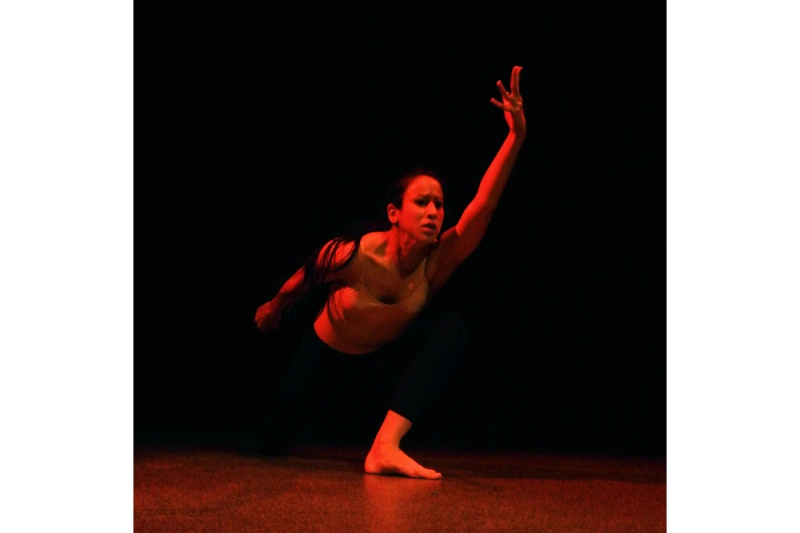
Stepping into the Spotlight: The Business of Ballet and the Dance Industry’s Financial Framework
- Entertainment
- October 25, 2023
When envisioning ballet, images of grace, beauty, and mesmerizing choreography often dance into the mind. Rarely does the conversation shift to the underlying financial mechanisms that drive this industry. However, there is much to be said when pulling back the velvet curtain to reveal the fascinating business of ballet.
Marine Fritschy, a graduate of the Silva Ricard School in Millau, France, is a well-respected choreographer, judge, and professional dancer. She also holds a Diploma of Classical Dance.
She says that since she started dancing at age four, she has come to appreciate that ballet is more than an art form: “It’s an industry built on a complex financial structure,” she says.
“Understanding this framework is key to sustaining and growing ballet companies and the broader dance industry.
Fritschy says: “The revenue streams in the ballet world are as multifaceted as a perfectly executed grand jeté.”
She adds: “Of course, the primary source of income for ballet companies is ticket sales, from seasonal performances to highly anticipated gala events.” says Fritschy.
She witnessed this personally while managing the dancers for the farewell tour of ice-skater Philippe Candeloro’s farewell show ‘Hello, Goodbye’: “We played to audiences of 15,000 every night, and behind the scenes, the production had to be a well-oiled machine.”
The significant financial returns from these kinds of events enable companies to fund new productions, pay artists and staff, and keep the company running smoothly.
However, dance isn’t just supported by paid ticket sales. Another key revenue stream is fundraising and donations. These are essential lifelines for many ballet companies, particularly nonprofit ones.
Fritschy says: “Substantial support from private donors, corporate sponsorships, and government grants can be a lifeline. This philanthropic culture is deeply ingrained in the ballet community, fueling its growth and development.”
Merchandise sales also contribute to a ballet company’s earnings. Branded items such as posters, apparel, performance recordings, and other memorabilia create additional income opportunities.
Furthermore, many companies also engage in educational outreach programs, offering classes, workshops, and summer intensives that bring in revenue while fostering community engagement and nurturing the next generation of dancers and enthusiasts.
“While these revenue streams paint a rosy picture, it’s equally important to understand the expenditure involved in running a ballet company,” says Fritschy.
She cites costs ranging from dancers’ salaries to production, administrative, marketing and promotion expenses.
“The production costs for ballet can run into millions, covering everything from choreography rights to stage sets, costumes, lighting, and sound,” says Fritschy.
“As I navigate my way through this intricate industry, I am continually reminded that the business of ballet is a delicate dance between art and commerce,” she adds.
A strong understanding of this financial framework can empower ballet companies to maintain their commitment to artistic integrity while ensuring economic sustainability.
“It’s a balancing act, much like the perfect pirouette, requiring an understanding of the art form’s beauty and the business’s intricacies,” states Fritschy.
“But the reward is more than worth it. After all, few things are as satisfying as supporting the survival and success of this exquisite dance form, allowing ballet to continue to inspire, enchant, and lift the human spirit.”
About Marine Fritschy
Educated at Silva Ricard School in Millau, France, Marine Fritschy started her dance career at the tender age of four.
She is a well-respected choreographer, judge, and professional dancer, and she holds a Diploma of Classical Dance.
Marine benefited from a multidisciplinary approach, integrating dance history and anatomy to evolve into a rounded artist. By 16, she was a professional dancer, astonishing audiences with her performances for the Silva Ricard Ballet across France and beyond.
Two years later, she joined Le Ballet Intemporel without a formal audition after interning under famed dancer Bertrand Giampetri. She became the principal dancer for two major companies—demonstrating her extraordinary abilities.
Fritschy’s remarkable portfolio is filled with significant achievements. She has danced at Senegal’s presidential inauguration, choreographed performances in Germany, and developed shows for the luxury hospitality company Jet Tours.
As a star performer for Harlem Swing, she charmed Parisian audiences while managing dancers for ice-skating celebrity Philippe Candeloro’s grand farewell tour.